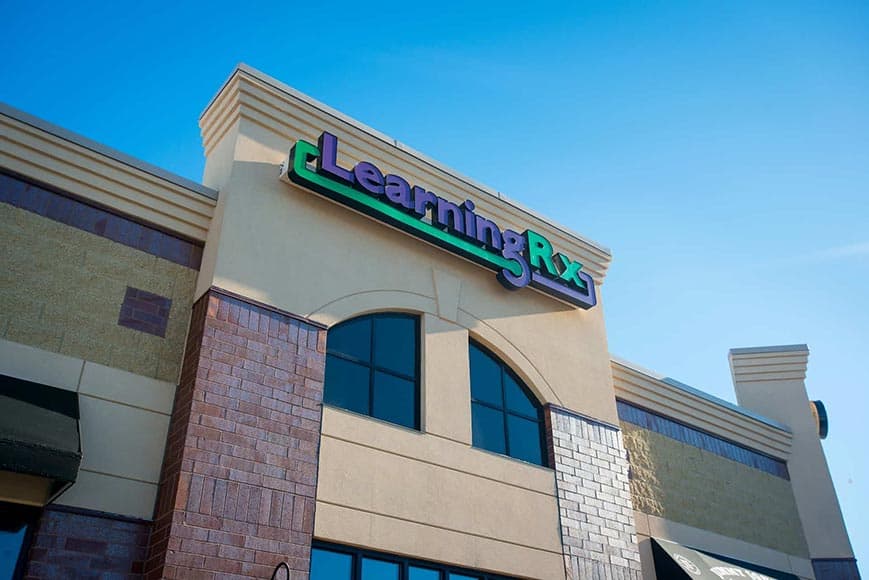How to Help Students with Reading Problems
Reading is an essential skill that opens doors to knowledge and opportunities. But for some children, learning to read doesn’t come easily. If your child is struggling with reading, you are not alone. The key is to identify the specific issue and provide targeted support to help them overcome these challenges. Research shows that when children receive the right kind of help early on, they are more likely to succeed in reading and other academic areas.
Three Main Types of Reading Problems:
The first step is to understand the type of reading difficulty your child is experiencing:
Specific Word Reading Difficulties
This type of difficulty is characterized by problems with decoding and phonics. Children struggling in this area may read slowly, mispronounce words, or have difficulty sounding out unfamiliar words. Often referred to as dyslexia, this condition affects up to 10% of school-aged children.
Specific Reading Comprehension Difficulties
Children who struggle in this area are often good at the mechanics of reading, but struggle to understand what they read. They may have difficulties understanding the text or retaining details.
Mixed Reading Difficulties
Some students struggle with reading fluency and comprehension. This is common as children who struggle with the mechanics of reading are often not in the flow of the story. Their mental energy is spent on figuring out each word instead of absorbing the content of what they are reading. This group is considered the most at-risk for falling behind academically.
Reading Begins in the Brain, Not the Books
To improve reading, it’s important to understand how the brain processes reading. Reading is a learned skill. Neuroscience research reveals that reading requires the effort of multiple brain areas, including those responsible for visual processing, auditory processing, and language comprehension .
Studies using brain imaging have shown that children with reading difficulties, such as dyslexia, often have underdeveloped connections in the left hemisphere of the brain, which is crucial for phonological processing—the ability to recognize and manipulate the sounds of language. The good news is that the brain can be changed! With focused reading interventions, neural pathways can be strengthened, improving reading skills over time.
Targeted Help for Students with Reading Problems
Once you’ve identified the type of reading difficulty your child has, you can identify the ideal strategy. Below are several strategies backed by research that can help:
- Phonics-based Programs: For children with specific word-reading difficulties, phonics-based instruction is key. Research has shown that systematic phonics programs significantly improve decoding and word recognition skills. Look for programs that focus on building phonemic awareness and sound-letter correspondence.
- Reading Comprehension Interventions: For reading comprehension difficulties, specific strategies such as summarizing, questioning, and predicting are important. Studies have demonstrated that these strategies can lead to improvements in comprehension.
- Cognitive Skills Training: Programs that target cognitive skills like attention, memory, and auditory processing can be particularly beneficial for children with mixed reading difficulties. Research on LearningRx, for instance, has shown improvements in these cognitive areas, leading to better reading outcomes for students with dyslexia and other reading challenges.
If you are looking for reading help or have questions as to how to identify in what manner your child is struggling with reading and how to identify the root cause, call the LearningRx Savage location. An initial assessment is a great place to start.https://www.learningrx.com/savage/reading-help/ The cognitive skills assessment will identify why your child is struggling and provide strategies to help them overcome their reading and/or reading comprehension difficulties.







